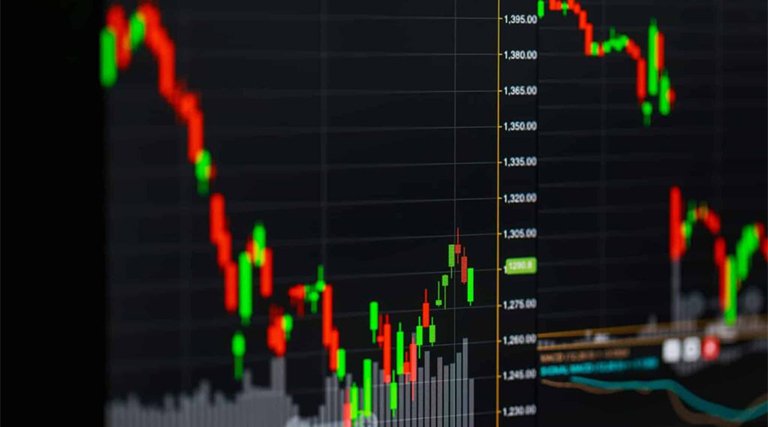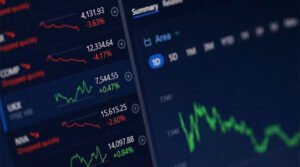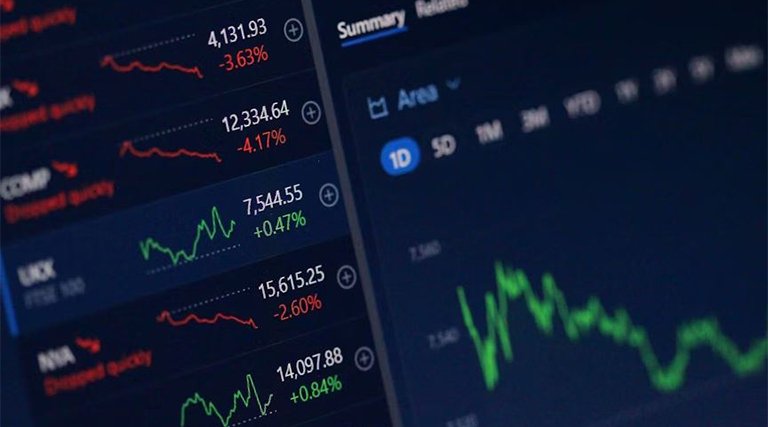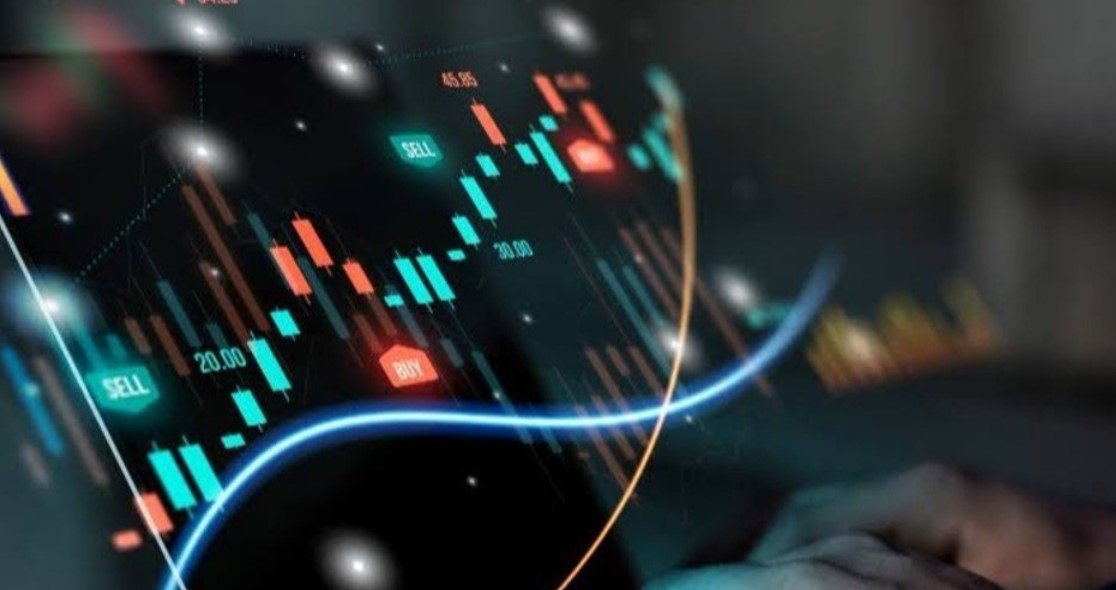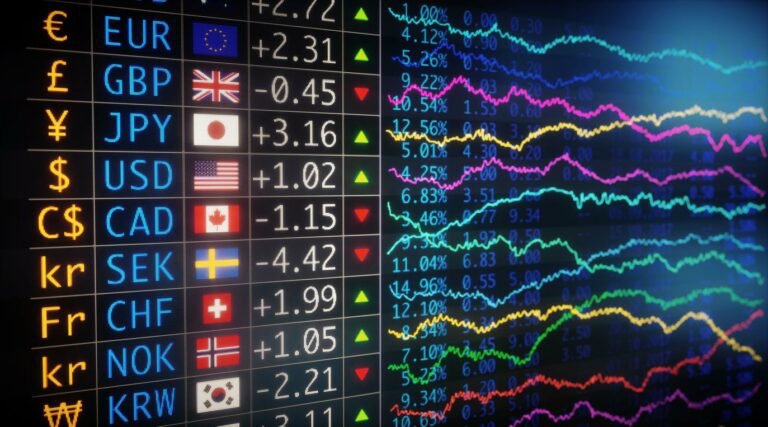The foreign exchange market (forex) is the largest and most liquid financial market in the world, with trillions of dollars traded daily. For beginners, forex trading can seem overwhelming—but with the right approach, anyone can learn how to start trading.
In this beginner’s guide, we’ll walk you through the step-by-step process to get started in forex trading.
Step 1: Understand What Forex Trading Is
Forex trading involves buying one currency while simultaneously selling another. Currencies are traded in pairs (like EUR/USD or GBP/JPY). The goal is to profit from changes in exchange rates.
Example: If you believe the euro will rise against the U.S. dollar, you buy EUR/USD. If the euro does rise, you can sell it later for a profit.
Step 2: Learn the Basics of Currency Pairs
There are three main types of currency pairs:
- Major pairs: Include USD and are the most traded (e.g., EUR/USD, GBP/USD).
- Minor pairs: Do not include USD but are still popular (e.g., EUR/GBP).
- Exotic pairs: Include one major currency and one from an emerging economy (e.g., USD/TRY).
Beginners usually start with major pairs because they have higher liquidity and lower spreads.
Step 3: Choose a Trusted Forex Broker
Your broker will be your gateway to the forex market. Choosing the wrong broker can cost you money. Look for:
- Strong regulation (FCA, ASIC, CySEC, etc.)
- Low spreads and transparent fees
- Reliable trading platforms like MT4 or MT5
- Easy deposits and withdrawals
Tip: Always check reviews and test the broker with a small deposit before going all in.
Step 4: Open a Demo Account
Before risking real money, open a demo account to practice trading. This allows you to learn the platform, test strategies, and gain confidence without financial risk.
Most reputable brokers offer free demo accounts with virtual funds.
Step 5: Learn How to Read Charts
Charts are essential in forex trading. The two most common analysis methods are:
- Technical Analysis: Studying charts, indicators, and price patterns.
- Fundamental Analysis: Analyzing economic news, central bank policies, and global events.
A mix of both helps traders make smarter decisions.
Step 6: Develop a Trading Strategy
A strategy helps you avoid emotional trading. Decide in advance:
- What pairs you will trade
- When you will enter and exit trades
- How much you’re willing to risk per trade (1–2% of account balance is common)
Step 7: Start With Small Investments
Once you’re comfortable, open a live account and start with small amounts. This way, you can manage risk while building real trading experience.
Step 8: Manage Risk Carefully
Risk management is the key to survival in forex trading. Always use stop-loss orders to limit potential losses. Never trade with money you can’t afford to lose.
Step 9: Keep Learning and Improving
Forex trading is not a “get rich quick” scheme. It requires patience, discipline, and continuous learning. Follow market news, read trading books, and refine your strategy over time.
Final Thoughts
Forex trading offers exciting opportunities, but beginners must take it step by step. By understanding the basics, practicing on demo accounts, and choosing a trusted broker, you’ll build the foundation for long-term success.
Start small, manage risk, and remember—the best traders are lifelong learners.

